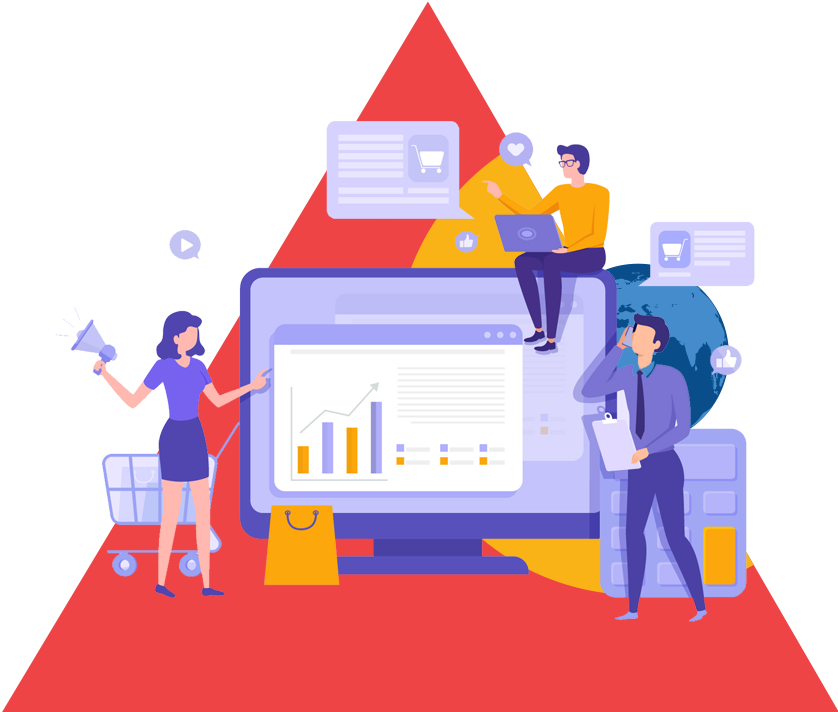 By Leslie Lamptey
By Leslie Lamptey
Technology
Since the turn of the century, every workforce has come to rely heavily on the use of Informtion Technology. This has helped produce steady results in our economy, and has caused an upward shift in the types and quality of services provided. In addition, the use of IT has made it possible to produce maximum results in very little time. While one tends to forget about the ‘I’ in the ‘IT’, it is indeed very important that without the information there would not be anything to technologically assess.
In healthcare which we see most improvement, the incorporation of IT in our hospitals has tremendously improved patient-centered care. Healthcare providers are able to now track and monitor patient records by keeping an electronic medical chart for each patient. This has improved the quality of care each patient receives as their medical information can be easily accessed by any healthcare provider if and when needed in a timely manner. Additionally, the use of ultrasound and x-ray machines helps facilitate care as healthcare providers can easily diagnose diseases just by monitoring a patient’s ultrasound or x-ray results. Through the use of computers in robotic surgeries, patients are able to recover quickly after surgeries as invasive procedures are minimized.Furthermore, Information Technology has equipped people with tools to make well informed decisions regarding their healthcare. People are more proactive about their own health and living conditions. By reading research on the internet therefore minimising the workloads of healthcare providers and lessening the time used to explain procedures to patients. Additionally, patients taking charge of their own health has reduced the number of trips to the hospital or emergency rooms thereby only accessing hospitals in dire emergencies. This has also contributed to easing the workflow in the hospital environments in the western worlds and lacking in most developing countries.

In a business/corporate environment, Information Technology has and continues to help make work more efficient. Conferences and meetings are held with investors and company executives across cities, countries and continents. This saves time and money as one does not have to fly to a meeting from e.g. Crewe in Cheshire, UK to Dubai, UAE to discuss a change in the range of aerodynamic parts for a Bentley car- which used to be the standard in the past.Indeed by doing that, time and money is saved, people are able to work faster, easier and more efficiently. To add to this, and more notably now – with more and more people engaged in the drive to reduce carbon footprints, there is a huge benefit to the environment as carbon emissions are reduced by not flying on a plane.
One of the richest sports, Formula One Motor Sport, has evolved so much with the help of information technology. In the past where the race was monitored manually, computers and computer software now track the time and speed for each car. The wind speed, tyre degradation and traction, aerodynamics, purity of the air going through the engine and down force of a particular car are some of the information needed to help boost the times that these cars make around the track. Information technology helps in tracking all this information in one place and is monitored on a computer screen which shows charts and diagrams allowing a team to know their performance. Most importantly, because teams are not allowed to test their cars on tracks, it is important that the performances of cars are monitored before racing. Teams have therefore built simulating plants which help design the cars with information gathered with margin of error very minimal.
Companies with satellite offices can now transfer encrypted information on their intranet which is password protected and is only accessible by their staff. This is made possible with the help of good and secure networking. CCTV (closed circuit Television) systems are now directly connected – unlike a broadcast television- where any receiver that is correctly tuned can pick up signal from the airwaves. The most use of CCTV systems is probably in the banks, shops, government establishments, etc. The true scope for applications is almost unlimited – examples being; traffic monitoring on a bridge, recording the inside of a baking oven to find the cause of problems, well publicised football stadiums, recording the birth of a gorilla at a zoo, making wildlife documentary and production control in a factory just to name a few.
With education fast becoming the prime mover of the world’s economy. The training and education of a country’s workforce is a major factor in determining how well a country’s economy will do. Information technology has made it possible for full-time workers to enroll in educational institutions through long distance learning. Without information technology the ease of these processes of educating oneself will be far from attainable.

At ACL we hardly use Information Technology. We call it an information system. Our definition of an information system is the technology involved, the information used to design the whole system, and the human beings who operate the system or to which the system most benefits, who we believe are an integral part of the whole system.

What does this really mean. It means the system must favour the user’s culture and social way of life. You wouldn’t pick up a system just because it’s worked in the US to implement in Ghana. We like to design bespoke systems to suit the culture and way of life of the people.
